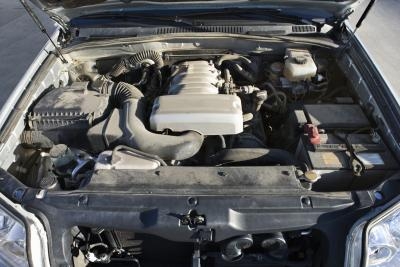
The 3.4-liter engine is a member of GM's 60-degree V6 engine family. This engine displaces 207 cubic inches, or 3.4 liters. It has a bore of 3.622 inches, a stroke of 3.307 inches and a compression ratio of 9.5-to-1. This engine's cylinders fire in a 1-2-3-4-5-6 order. Its intake manifold has established torque specifications that ought to be followed when performing engine maintenance.
Intake manifolds are responsible for distributing evenly a combustion mixture or air to each intake port in the engine's cylinder heads. This is necessary to maximize the engine's efficiency and performance. The intake manifold also operates as a mount for the throttle body, carburetor, fuel injection, and other engine components. Where the manifold connects to these components, the bolts have specific torque requirements.
"Torque" refers to the force required to rotate an object -- in this case a nut or a bolt -- around an axis or pivot. Think of it as a twist. Manufacturers set specifications for their components, such as torque specifications, which are expressed in foot-pounds. To ensure engine stability, engine bolts must be torqued or bolted down to a certain weight specification under manufacturer guidelines.
The fuel rail bolts to the intake manifold at 7.42 foot-pounds of torque. The nuts and bolts of the intake manifold connect to the cylinder head at 30 foot-pounds of torque. The throttle-body-to-intake-manifold bolts connect at 18 foot-pounds.